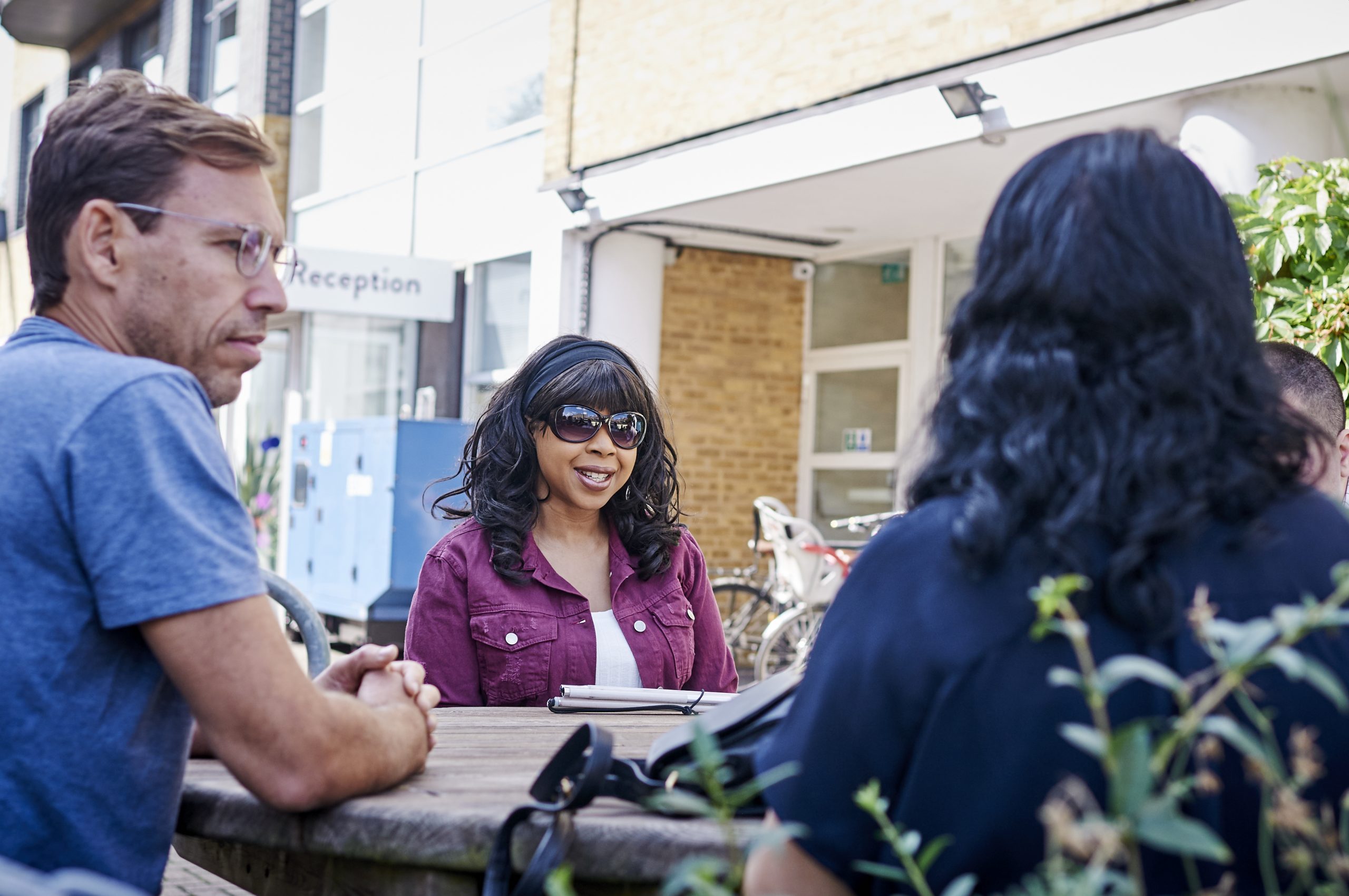
This research informed the development of the main report and findings within, Invisible Barriers: How public attitudes affect inclusive travel, where ncat conducted a study to identify what interventions would be most impactful in improving the attitudes of non-disabled people towards disabled people when using transport.
Content warning: this report includes details of verbal and physical abuse experienced by disabled people. It also has references to suicidal thoughts. If, after reading this report, you need support, please see RiDC’s Get Support page on their website (https://ridc.org.uk/ridc-consumer-panel/get-support).
What did we do?
ncat ran three focus groups, each including three-to-six participants. A total of 14 participants took part. Participants were identified through a screener questionnaire sent to disabled members of the Community of Accessible Transport Panel who had told us in our previous survey on transport barriers that they had experienced negative attitudes when travelling.
Participants were selected based on the following criteria:
- Impairment types and access needs (mobility, cognitive, sensory, visible and non-visible impairments)
- Age
- Gender
- Ethnicity
- Region of the UK
How did we do it and who did we do it with?
The sessions were held online using Zoom and lasted 90 minutes each. The focus groups discussed the types of attitudes disabled people experience whilst using all modes of transport, including walking, wheeling and cycling. Participants also talked about the impact of negative attitudes and their recommendations for how these could be improved.
What did we find out?
Five key themes were identified from the focus groups concerning the specific attitudinal barriers disabled people face when using public transport, where these attitudes come from, and the impact they have on the wellbeing of disabled people:
1. The public and transport staff have a very limited understanding of disability.
2. Other passengers are sometimes abusive towards disabled people using transport.
3. Politics and news media play a significant role in shaping negative attitudes towards disabled people.
4. The negative attitudes that disabled people face when using transport have alarming implications on their mental health and confidence.
5. Disabled people are not using certain transport modes, are travelling less and are not feeling able to travel independently because of negative attitudes.
What next?
We have made recommendations for people in the transport and policy sector:
- Recommendation 1 – Coproduction
Future interventions to improve attitudes towards disabled people when travelling must be co-produced with disabled people. - Recommendation 2 – Education
Both the public and transport staff need increased and improved education. This includes formal training and public perception campaigns led in collaboration with disabled people. - Recommendation 3 – Regulation
Government bodies need to take responsibility for improving attitudes towards disabled people. New and improved regulations are required to reduce discriminatory language and behaviour.
Highlights Report
We have published the Highlights Report from the Invisible Barriers Focus Group in a range of formats: BSL, EasyRead, Short Form Word doc, Large Print as well as a pdf version. Please have a look below and use whichever is most accessible for you.
Short form Word format
Large print Word format
Insight Report
This documents is a designed presentation of the key insights from the Invisible Barriers Focus Group.
Designed Accessible PDF format
Full Report
Here we have copies of the Full Report of the Invisible Barriers Focus Group which we have published on a Word document and as a pdf.